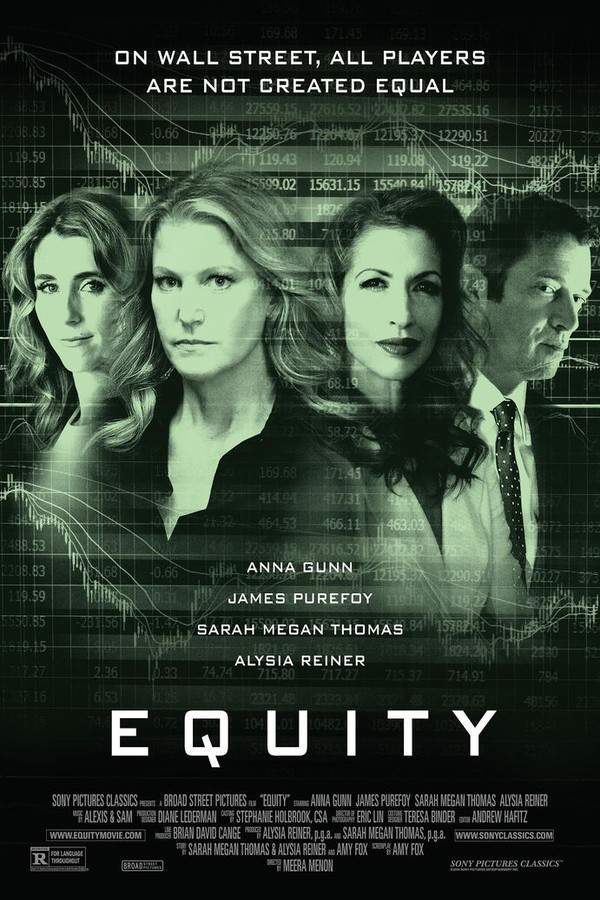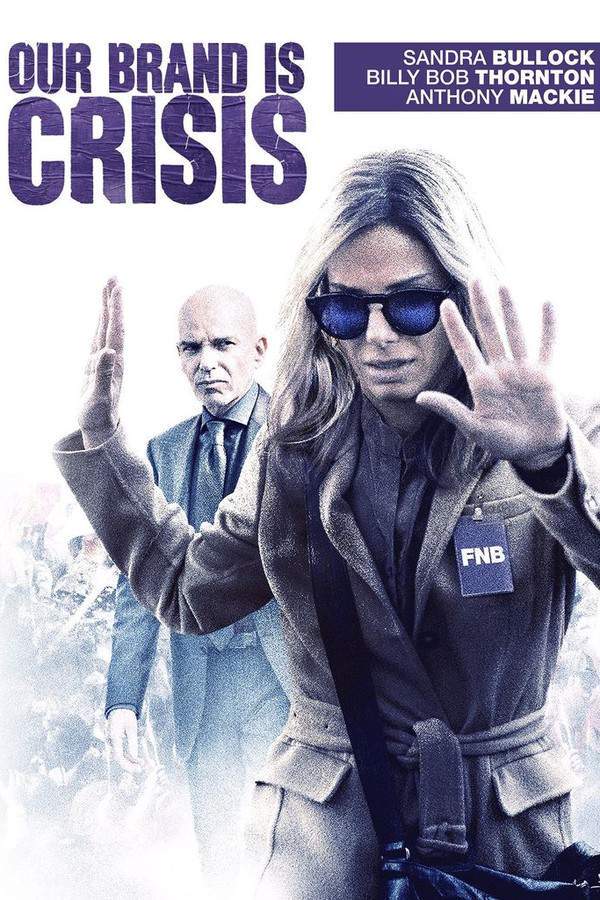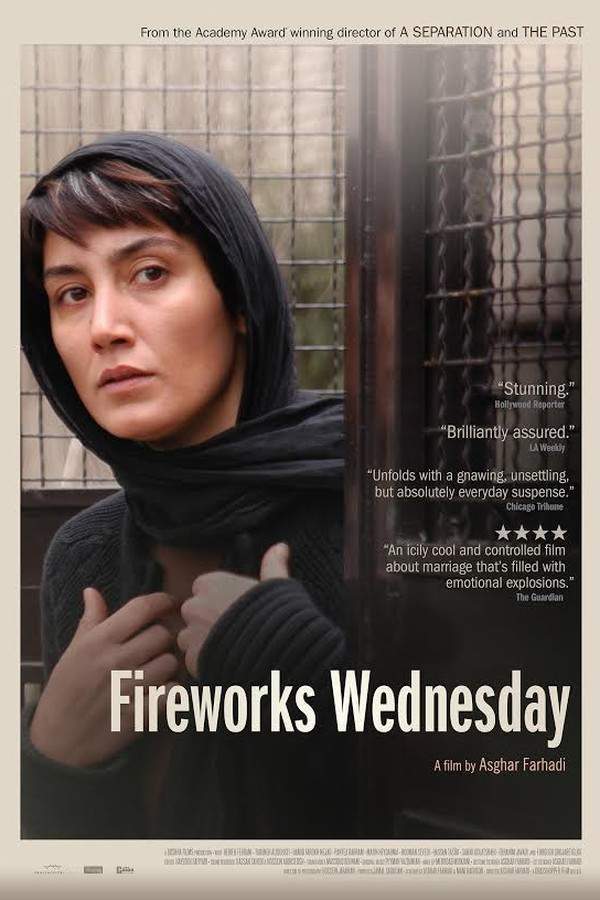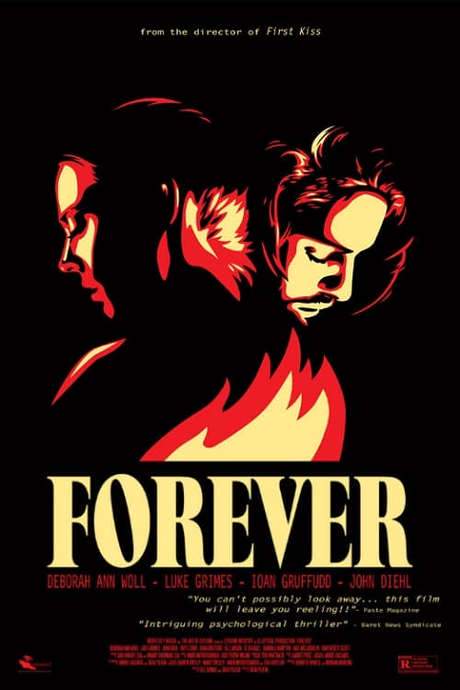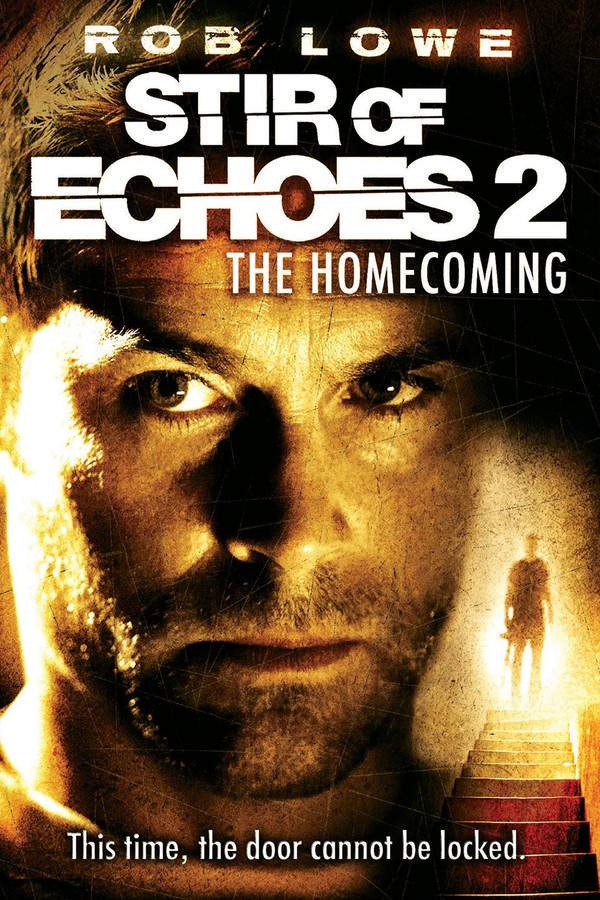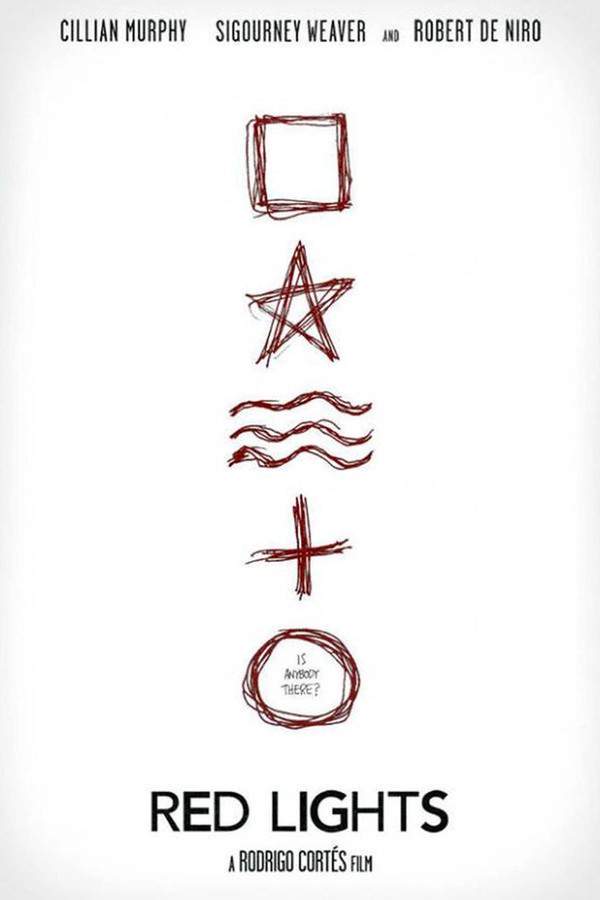
The Promotion
Year: 2014
Runtime: 84 mins
Language: German
Director: Zoltan Paul
Lorenz Fuchs, a middle-aged accountant, feels trapped in a meaningless and monotonous life, perceiving the world as hostile. When his boss unexpectedly promotes him and exposes his hidden emotional vulnerabilities, Fuchs’s carefully constructed defenses begin to crumble. Long-suppressed memories of past trauma resurface, triggering a violent outburst and a devastating chain of events.
Warning: spoilers below!
Haven’t seen The Promotion yet? This summary contains major spoilers. Bookmark the page, watch the movie, and come back for the full breakdown. If you're ready, scroll on and relive the story!
The Promotion (2014) – Full Plot Summary & Ending Explained
Read the complete plot breakdown of The Promotion (2014), including all key story events, major twists, and the ending explained in detail. Discover what really happened—and what it all means.
Doug Stauber is the assistant manager at a Donaldson’s supermarket in Chicago, and he believes he’s a shoo-in to manage a new Donaldson’s opening just a few blocks from his home. The daily grind of the job weighs on him: dealing with a troublesome gang of teenagers lingering in the parking lot, trudging through a flood of negative comments on customer survey cards that seem driven by the same teens, and even a recurring nuisance—a foreign visitor who keeps slapping him with a box of Teddy Grahams. There’s also chatter about his past, including rumors that he used to medal in Junior Olympics gymnastics, rumors that haunt him as he works to prove himself. Into this tense routine, a new figure arrives: Richard Wehlner and his family move in from Quebec, and Richard becomes Doug’s rival for the coveted manager position.
What follows is a sharp look at two men under pressure and the delicate balance of personal and professional life that is affected when competition heats up. Richard’s arrival seems to tilt the scales in his favor, but the new colleague carries his own baggage. He has a past problem with substance use and a propensity to make blunt, sometimes inappropriate remarks. The board of directors begins to scrutinize both men after an awkward incident tied to a deli sign that proclaims “Employee of the Month for ‘cutting the cheese’.” Richard concedes that he was manager on duty when the sign was put up and explains that he hadn’t realized the phrase could offend the American audience, noting that the expression originates from Canadian usage. In his defense, he says the expression “cracking the cheese” is how Canadians say something similar, a detail that becomes a flashpoint in the development of the rivalry. The moment escalates tensions, revealing cracks in both men’s professional façades and signaling that the competition will be more than a shared job title.
The rivalry quickly bleeds into home life. Doug faces financial pressure as he edges toward a house purchase that would be jeopardized if he doesn’t land the promotion. His wife Jen considers night classes to improve their situation, while Richard’s marriage begins to show strain as his wife Laurie and their daughter temporarily move back to Scotland, leaving him to shoulder the burdens at work and at home alone. The stress at home mirrors the stress at work, amplifying every misstep and making each interaction in the break room, the parking lot, and during staff briefings feel heavier and more consequential.
A series of misfortunes and miscommunications push both men toward a breaking point. While assisting a customer in the parking lot, Doug is struck on the head by a bottle of Yoo-hoo hurled by one of the gang members. In a retaliatory impulse, he confronts the gang and sprays one of them with mace. Then, in a separate incident in the break room, Doug, furious at the ongoing chaos, throws some frozen Tater Tots toward the trash can and accidentally hits Richard’s hand. Richard, in turn, fakes an injury by wearing a wrist brace at work. The escalating actions of both men draw the attention of the community and the board, who begin to consider the consequences of a prolonged clash between the two top candidates.
To regain control of the narrative, Doug makes a public effort to repair the damage. He delivers an apology speech at a local community gathering, acknowledging his actions and emphasizing a hopeful message: that a beautiful day should not be spoiled by a few “bad apples.” The speech earns him respect from community leaders and members alike, and a brief, high-stakes meeting follows where the board, assistant managers, and community representatives discuss the situation. In a moment of comic and painful honesty, Richard refers to the gang in a way that inflames tensions further, calling them “black apples.” That gaffe intensifies the scrutiny on both men and sets the stage for the final decision.
The board schedules a final round of interviews, the culmination of weeks of tension and testing. A crucial part of the process is a drug test, a formality that becomes decisive for Richard, who has recently smoked marijuana. When the results come in, Doug receives the good news: he lands the manager position because Richard fails the drug test and the remaining candidate is deemed too junior for the role. Doug’s relief is palpable—he celebrates with a spontaneous display of cartwheels and backflips in the street, a public affirmation of the long-gnawing rumor about his athletic past and the hard-won victory he earned through perseverance and a bit of luck.
With the professional chapter closed, the film shifts to a quieter, more reflective note. Doug secures the job and returns home, ready to shoulder the responsibilities of leadership and the pressures that come with it, and he and his wife begin to rebuild their life together under new, more hopeful terms. Meanwhile, Richard and his family return to Quebec. In a twist that feels almost like a cautionary legend, he is said to have become the store manager in his homeland after stopping what might have been a dangerous fire, a moment that is whispered about as a rumor that he personally may have started, leaving lingering questions about how luck, misfortune, and fate continue to shape the arcs of two men who shared the same store, the same challenges, and the same dream of success.
Throughout, the film uses a neutral, observational tone to chronicle the pressures and choices that define the contestants’ paths. It leans into the everyday realism of a retail workplace, where promotions hinge on performance, image, and a few pivotal moments that can redefine a career and a life. The narrative threads together issues of ambition, marriage and family strain, community perception, and the unpredictable nature of luck, offering a portrait of two men whose trajectories diverge in the wake of a contest that tests more than their managerial potential. The result is a thoughtful examination of how competition can both win and wound, how public perception can be as consequential as any evaluation, and how the line between success and failure can be as thin as a moment of decision.
Last Updated: October 09, 2025 at 16:55
Explore Movie Threads
Discover curated groups of movies connected by mood, themes, and story style. Browse collections built around emotion, atmosphere, and narrative focus to easily find films that match what you feel like watching right now.
Anxiety-fueled workplace dramas like The Promotion
Stories where professional ambition creates relentless personal pressure.If you liked the tense, competitive atmosphere of The Promotion, explore more movies about workplace rivalries and the psychological toll of ambition. These films capture the anxiety of professional life, where career advancement comes at a personal cost.
Narrative Summary
These narratives typically follow characters grappling with professional competition, financial pressure, and the erosion of their work-life balance. The conflict arises from office politics, rivalry with a colleague, or the crushing weight of expectations, leading to a gradual buildup of stress that impacts their mental well-being and personal relationships.
Why These Movies?
Movies are grouped here for their shared focus on the realistic pressures of the workplace. They create a consistent vibe of anxiety and tension through relatable scenarios about career advancement, professional image, and the sacrifices made for success.
Steady-burn psychological unraveling like in The Promotion
Character-driven stories where suppressed emotions lead to a breakdown.For viewers who appreciated the psychological depth of The Promotion, this section features movies about characters cracking under pressure. These stories show a steady, believable descent as inner turmoil disrupts an ordinary life.
Narrative Summary
The narrative pattern involves a seemingly stable individual whose defenses begin to crumble under sustained stress. The story unfolds at a deliberate pace, focusing on small incidents and internal struggles that accumulate until they trigger a significant emotional outburst or life-altering decision, often with bittersweet or devastating consequences.
Why These Movies?
These films share a specific emotional journey and pacing. They are connected by a focus on internal conflict, a steady buildup of tension, and a central theme of a character's fragile psyche breaking down in a realistic, relatable way.
Unlock the Full Story of The Promotion
Don't stop at just watching — explore The Promotion in full detail. From the complete plot summary and scene-by-scene timeline to character breakdowns, thematic analysis, and a deep dive into the ending — every page helps you truly understand what The Promotion is all about. Plus, discover what's next after the movie.
The Promotion Timeline
Track the full timeline of The Promotion with every major event arranged chronologically. Perfect for decoding non-linear storytelling, flashbacks, or parallel narratives with a clear scene-by-scene breakdown.

Characters, Settings & Themes in The Promotion
Discover the characters, locations, and core themes that shape The Promotion. Get insights into symbolic elements, setting significance, and deeper narrative meaning — ideal for thematic analysis and movie breakdowns.

The Promotion Spoiler-Free Summary
Get a quick, spoiler-free overview of The Promotion that covers the main plot points and key details without revealing any major twists or spoilers. Perfect for those who want to know what to expect before diving in.

More About The Promotion
Visit What's After the Movie to explore more about The Promotion: box office results, cast and crew info, production details, post-credit scenes, and external links — all in one place for movie fans and researchers.






